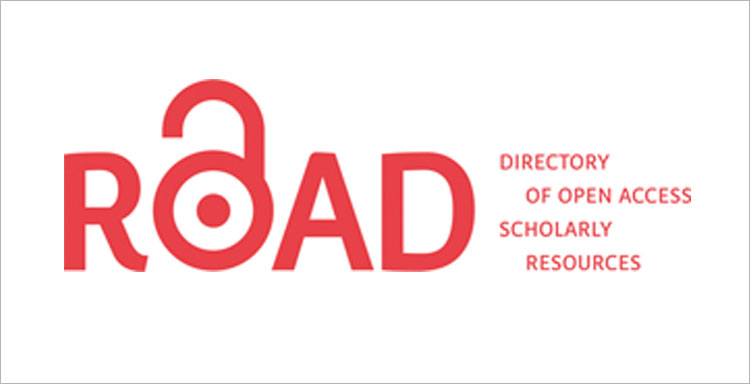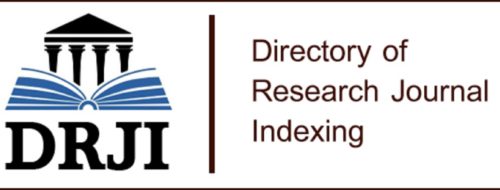SCHOOL HARASSMENT IN THE EDUCATIONAL CYCLE
Keywords:
childhood, adolescence, violence, bullyingAbstract
Childhood and adolescence are the most important cycles in the evolution of the human being, which are essential for the development of personality. The forms of communication between children and adolescents have been generating in them a tool of verbal violence called bullying, the same one that has consequences in the following stages of development, because they are in progress and become aggressive, verbal, and psychological behaviors, making them non-vulnerable subjects to the social system. School violence is part of the daily reality of educational institutions. It is a current issue, which has gained importance due to the frequency with which it occurs and the personal and social consequences it derives from. There is a lack of ignorance about the concept of bullying within all the members that make up an educational institution, which is why many times, these types of acts are repeated over a long period of time. That is why within the present work it will show the results of a bibliographic review about the psychosocial characteristics and how they influence bullying.
Keywords: childhood, adolescence, violence, bullying.
Downloads
References
GALARZA, F., & MARTÍNEZ, R. (2018). Prevalencia del bullying y su relación con factores sociodemográficos y contexto familiar, en estudiantes adolescentes del nivel de bachillerato en unidades educativas de la ciudad de Quito y Yantzaza en el periodo comprendido entre febrero a mayo del 2018. 73. Obtenido de http://repositorio.puce.edu.ec/bitstream/handle/22000/15202/Tesis%20Bullying.pdf?sequence=1&isAllowed=y
Levy, S. (2017). Problemas escolares en adolescentes. Recuperado el 1 de diciembre de 2019, de Manual MSD: https://www.msdmanuals.com/es/hogar/salud-infantil/problemas-en-los-adolescentes/problemas-escolares-en-adolescentes#
López, F. (2015). Adolescencia. Necesidades y problemas. Implicaciones para la intervención. Obtenido de: https://adolescenciasema.org/wp-content/uploads/2015/06/Adolescere_2015_2_v4.pdf#page=9
Melero, S. (2017). Intervención cognitivo-conductual en una adolescente víctima de acoso escolar. Revista de Psicología Clínica con Niños y Adolescentes, 8. Obtenido de https://www.revistapcna.com/sites/default/files/16-27_0.pdf
Morales (2014). Bullying y su relación con la depresión en adolescentes (tesis de pregrado). Universidad Autónoma de Querétaro, México. Recuperado de http://ri.uaq.mx/handle/123456789/1558
Morocho Díaz, A. B. (2012). Depresión infantil en niños y niñas víctimas de Bullying. Obtenido de: http://www.dspace.uce.edu.ec/handle/25000/1854
Taboada, I. R. (2013). El impacto social del acoso escolar. Obtenido de: https://ruc.udc.es/dspace/bitstream/handle/2183/11751/PenaTaboada_IgnacioRam%C3%B3n_TFG_2013.pdf?sequence=2
Telégrafo. (2018). 1.461 casos de bullying o acoso escolar en 4 años en Ecuador. Recuperado de El Telégrafo: https://www.eltelegrafo.com.ec/noticias/judicial/12/casos-bullying-acoso-escolar-ecuador
UNESCO. (2019). Salen a la luz nuevos datos durante el Foro Mundial sobre el Acoso Escolar. Recuperado de UNESCO: https://es.unesco.org/news/salen-luz-nuevos-datos-durante-foro-mundial-acoso-escolar
Velasco, B. G. (2015). DIFERENCIAS DE GÉNERO EN LAS CONDUCTAS DE ACOSO ESCOLAR. Congreso Internacional e Interuniversitario contra la Pobreza Infantil en el Mundo, 17. Obtenido de https://s3.amazonaws.com/academia.edu.documents/44007456/Velasco_et_al_2015_Diferencias_de_genero_en_acoso_escolar.pdf?response-content-disposition=inline%3B%20filename%3DDiferencias_de_genero_en_acoso_escolar.pdf&X-Amz-Algorithm=AWS4-HMAC-SHA256&X-Amz-Cr






3.jpg)











